If you’ve ever dreamed of hearing a wolf howl in the wild or catching a glimpse of one trotting through the trees, the U.S. has some incredible national parks where that dream could come true. From the vast wilderness of Yellowstone to the remote corners of Alaska’s Denali, these parks give you front-row access to the elusive and majestic gray wolf. Each location offers a different kind of magic—some are perfect for winter tracking, while others offer better chances in the early morning mist. Whether you’re a wildlife photographer, a passionate conservationist, or just a curious traveler, these parks make for unforgettable adventures. Spotting a wolf in its natural habitat isn’t guaranteed, but that’s part of the thrill. It requires patience, quiet, and a deep appreciation for wild spaces. These top 10 parks are where the wild still speaks—and if you’re lucky, the wolves might just answer.
Why Wolves Still Make Our Hearts Skip a Beat

There’s something absolutely magical about hearing a wolf’s howl echo through the wilderness at twilight—it’s a sound that sends shivers down your spine and reminds you that you’re witnessing something truly ancient and wild. Wolves have always been a source of both fascination and fear among people. Once revered and respected… then hated and hunted… now both, wolves are a symbol of wildness arguably unlike any other animal in the world.
For wolf enthusiasts especially, seeing wolves in their natural habitat feels like glimpsing the original blueprint of our beloved companions. These magnificent creatures, with their piercing eyes and complex social structures, represent everything we love about canines—loyalty, intelligence, and that unmistakable wild spirit.
Once one of North America’s most successful land mammals, wolves have now been exterminated from over 90% of their historical range in the continental United States. In only a couple of centuries, their numbers dwindled from a couple of million to just a few thousand. But here’s the incredible part: thanks to conservation efforts and protected wilderness areas, we can still experience the thrill of seeing these apex predators in some of America’s most stunning national parks.
Yellowstone National Park – Where the Wolf Recovery Story Began

Yellowstone National Park is considered one of the best places to see wolves in the wild, as it was the first national park to reintroduce wolves in the mid-1990s. Since then, the park’s wolf population has grown, and it is estimated that the Greater Yellowstone Ecosystem is home to over 520 wolves, with at least ten packs residing within Yellowstone National Park alone, totaling about 100 wolves.
Think of Yellowstone as the comeback kid of wolf conservation—it’s where one of the most ambitious wildlife restoration projects in American history took place. Starting with the watershed Endangered Species Act in the 1970s, and finally in 1995 with all the pieces in place, fourteen gray wolves were captured in Canada and relocated to Yellowstone’s Lamar Valley. In 1996, seventeen more Canadian wolves were brought into the park, followed by ten wolves from northwestern Montana in 1997. The Lamar Valley, often called “America’s Serengeti,” offers some of the best wolf-watching opportunities in the world.
Early morning and evening hours provide the highest chances of sightings, when these intelligent predators are most active. For wildlife enthusiasts, Lamar Valley is a prime spot to observe bison, elk, wolves, and other fascinating creatures. Rangers often lead wolf-watching tours equipped with spotting scopes, making it easier for visitors to observe these elusive animals from a safe distance.
Denali National Park – Alaska’s Wolf Wonderland
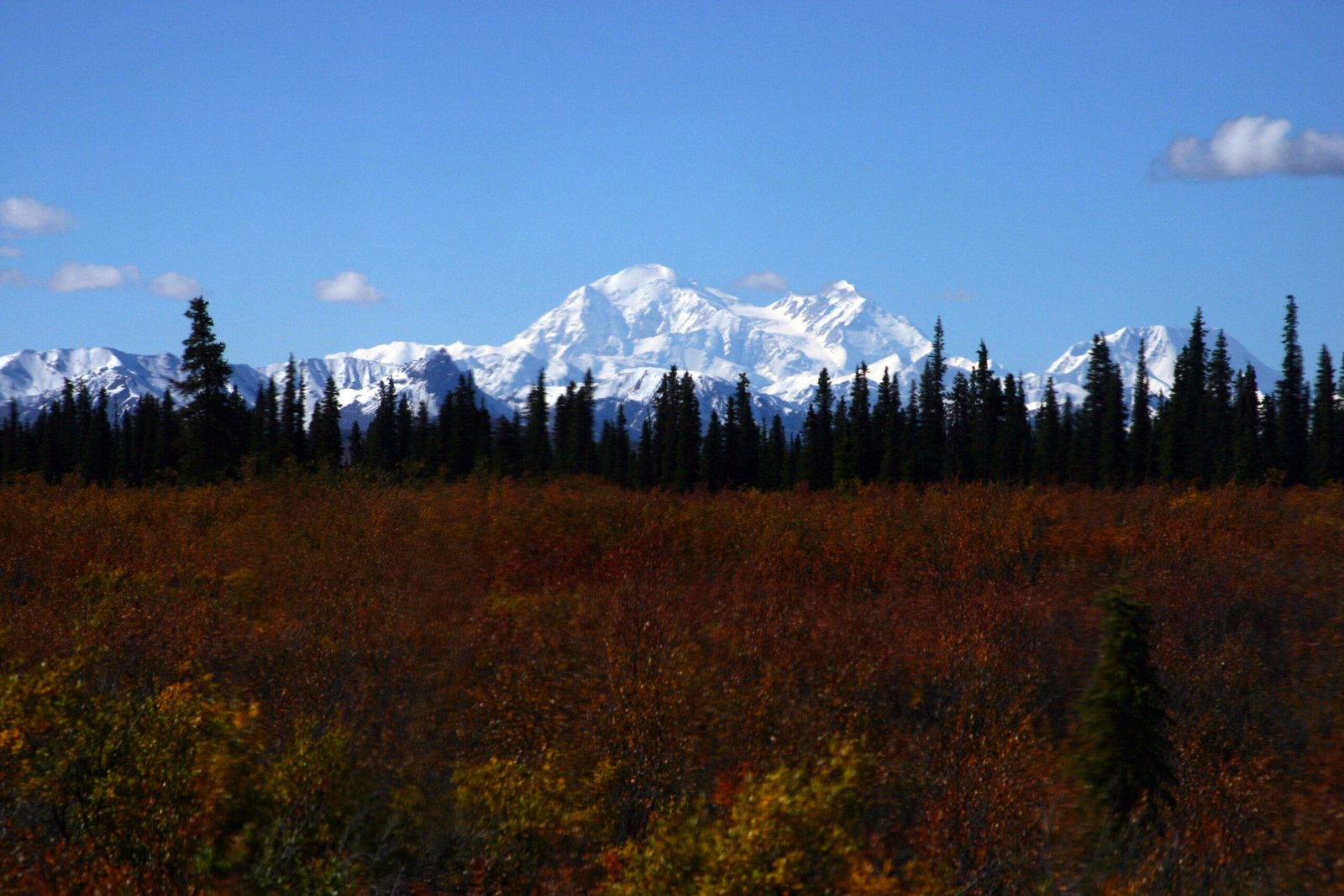
Denali National Park and Preserve is regarded as one of the best spots in the world to witness wolves in their natural habitat. Every year, thousands of visitors see wolves in Denali, which is home to America’s deadliest yet incredibly beautiful mountain, particularly while traveling along the Denali Park Road. If you want to feel like you’ve stepped into a Jack London novel, Denali is your destination.
In this remote Alaskan wilderness—at 6.1 million acres, one of the largest national parks in the U.S.—expect fewer people and more wolves. Drivers on the Denali Park Road frequently report sightings. The park’s single 92-mile road offers incredible opportunities for wildlife viewing, but here’s the cool part—private vehicles can only access the first 15 miles during summer, while the rest requires park buses.
Denali’s Park Road is by far the best and most convenient area to see wolves in the park. Ninety-two miles long, this is the only road in the park, basically the only place regular visitors can go. Although the first 15 miles are open to private vehicles in summer, the rest of the Park Road is accessible only with park buses. This keeps traffic to a minimum and the animals (relatively) close. The controlled access actually works in your favor—wolves are less spooked by the predictable bus schedule than they would be by constant car traffic.
Grand Teton National Park – Yellowstone’s Quieter Neighbor
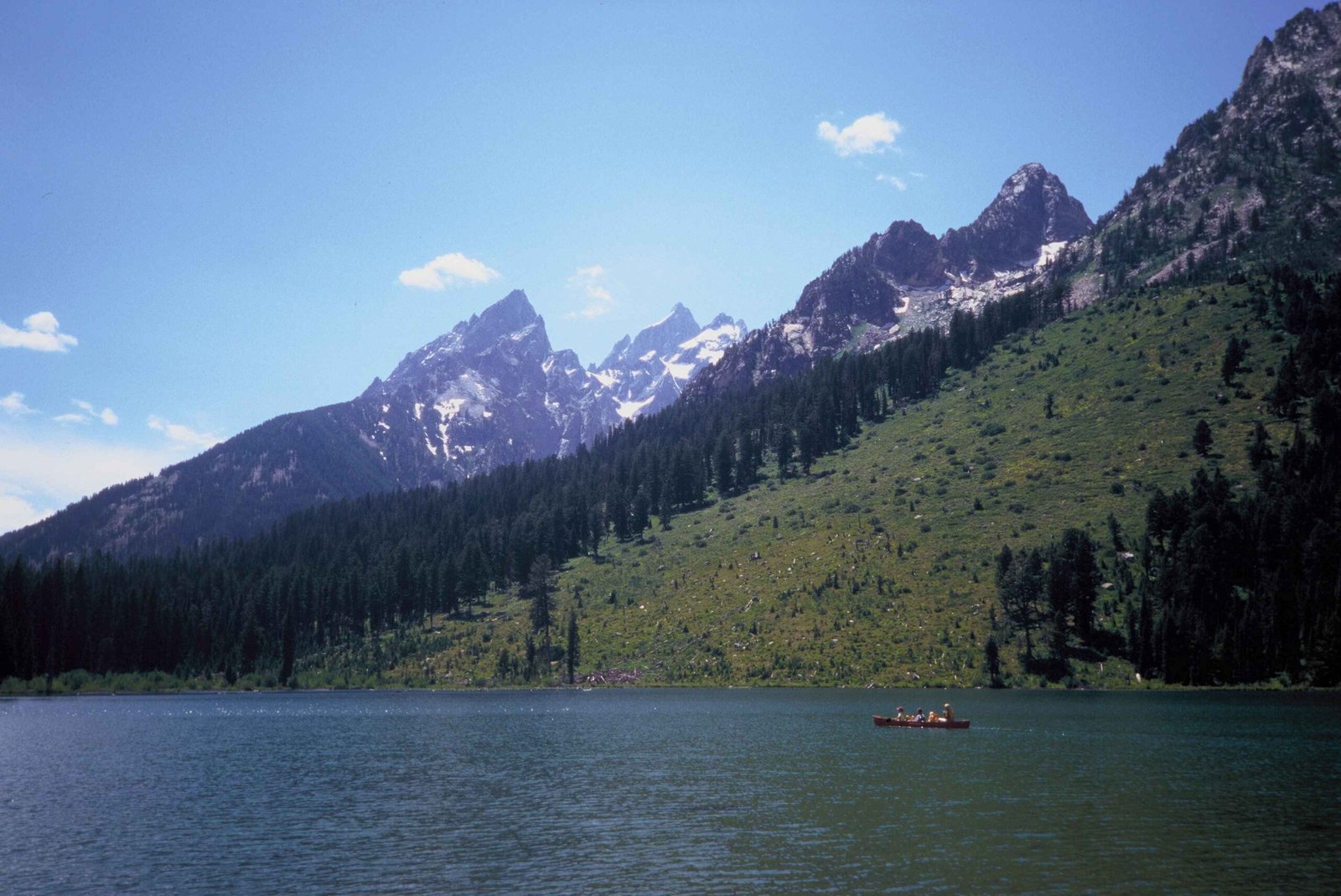
Now, a minimum of 43 wolves (as of 2021) live in Grand Teton, which is often considered an underrated alternative to Yellowstone, as well as in neighboring areas, making it a great spot to watch wolves in the United States. The Willow Flats region is said to be the best place to spot wolves in Grand Teton National Park because it has an abundance of moose and elk, which attract wolves, especially around dawn and twilight when they are out hunting.
Grand Teton feels like Yellowstone’s more relaxed cousin—fewer crowds but equally spectacular wildlife viewing opportunities. The dramatic backdrop of the Teton Range makes any wolf sighting feel like a scene from a nature documentary. What makes Grand Teton special is that wolves here have learned to coexist with the park’s tourism infrastructure without becoming habituated to humans. Also, the Lower Gros Ventre and Wildcat Ridge areas have wolf packs where they den and raise pups, but these areas are closed for visitors to help the animals raise their young peacefully.
The park’s management shows incredible respect for wolf families, closing certain areas during denning season to ensure the next generation has the best chance at survival. Your best bet for spotting wolves is in the early morning hours when they’re returning from nighttime hunts, or during evening when they’re beginning to stir for another night of activity.
Isle Royale National Park – Michigan’s Hidden Wolf Paradise
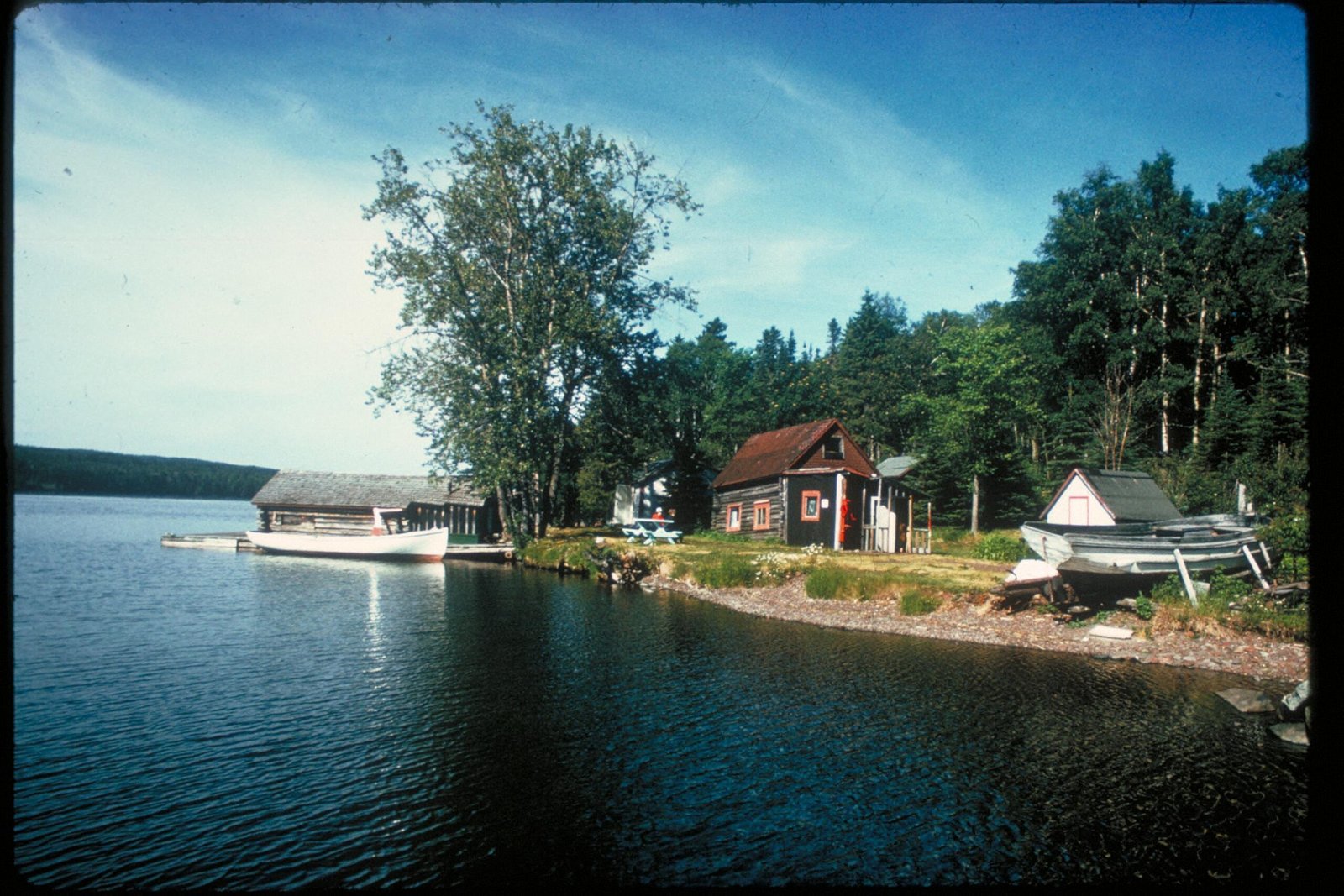
Located on a remote island in Lake Superior, Isle Royale National Park is widely recognized for its unique wolf-moose predator-prey ecosystem. This place is absolutely fascinating for anyone interested in wildlife dynamics—it’s basically a natural laboratory where scientists have been studying the relationship between wolves and moose since 1958. Survey estimates indicated 30 wolves and 840 moose, with the majority of both populations concentrated on the east end of Isle Royale National Park.
Michigan Tech researchers observed a stabilized wolf population estimated at 30. That’s down from the 2022-23 study count of 31, up from 28 in 2021-22 and a vast change from a decade ago, when there were only two wolves on the island incapable of reproducing. The wolf population here has one of the most dramatic comeback stories in conservation history. From 2018 to 2019, 19 wolves were released at Isle Royale in hopes of bringing stability to the ecosystem, and as of 2020, there are estimated to be 14 wolves remaining on the island.
What makes Isle Royale unique is its isolation—there’s no road access, and you can only reach it by boat or seaplane, making it one of the least visited national parks in the country. Established in 1940, Isle Royale National Park is one of the least-visited national parks in the country—last year, it recorded just 25,454 visits, according to NPS statistics. This remoteness means that any wolf encounter feels incredibly special and authentic.
Voyageurs National Park – Minnesota’s Water-Based Wolf Watching

Voyageurs National Park, one of the most trending national parks in 2024, is Minnesota’s hidden gem. Voyageurs is unique in that it’s best explored by boat. Not only that, but it’s also one of the top places for viewing wolves in the United States. Imagine paddling through pristine wilderness waterways while listening for the haunting call of wolves echoing across the lake—that’s the Voyageurs experience.
Wolves are the park’s primary predators, feeding primarily on beavers, moose, and deer. The park’s webcam has also captured them eating blueberries and fishing in the area. While Voyageurs has a healthy wolf population (between 30 and 50), the best chances of seeing them are in the winter along the shorelines of the big lakes and the park entrance roads. The park’s unique aquatic ecosystem means wolves here have adapted some interesting behaviors—they’re excellent swimmers and will island-hop in search of prey.
Bundle up if you go in winter, the prime time to see wolves in this pristine part of Minnesota. Try a sled dog excursion and follow wolf tracks in the snow. During late summer, book a guided canoe trip and you may be treated to the rare sound of wolf pups learning to howl. There’s something incredibly moving about hearing young wolves practice their voices for the first time—it’s like eavesdropping on a canine language lesson.
Glacier National Park – Montana’s Crown Jewel for Wolf Viewing
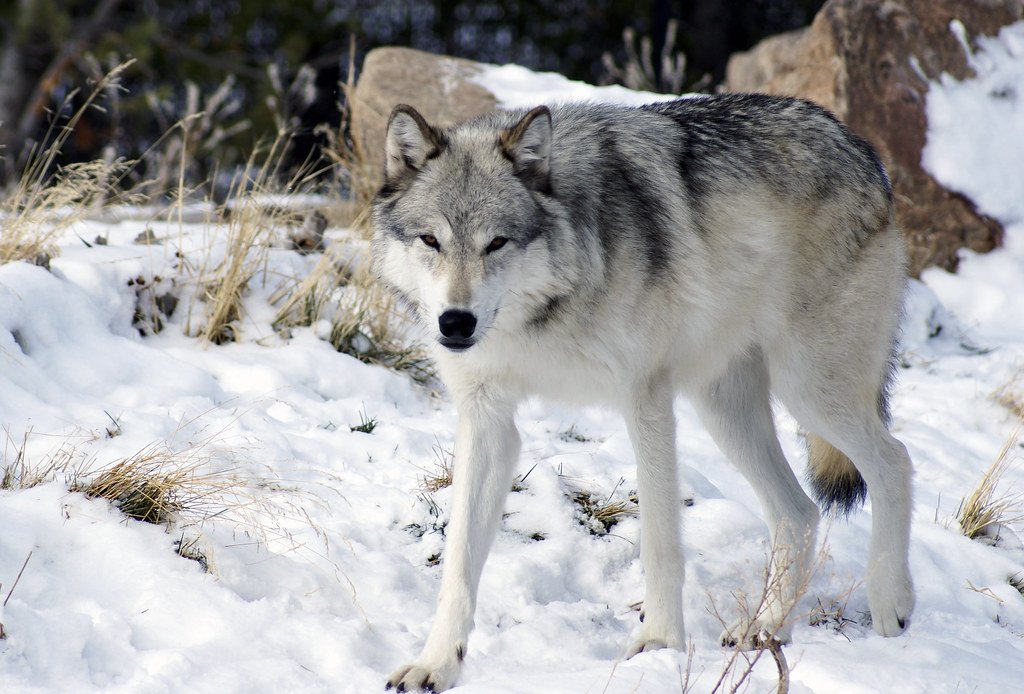
The recolonization of wolves to Glacier National Park has been a success story. Today, there are an estimated six to eight packs of wolves living in the park, and their presence has helped to restore the natural balance of the ecosystem. Glacier National Park offers something truly special—wolves against the backdrop of some of the most stunning mountain scenery in North America. Wolves from Canada began to naturally colonize the Glacier National Park area in 1979, and the first wolf den in the western U.S. in over 50 years was documented there in 1986. The wolf population in northwest Montana grew as a result of natural reproduction and dispersal. By the end of 1994, there were about 48 wolves in and around Glacier National Park.
What makes wolf watching in Glacier particularly exciting is that these animals naturally recolonized the area—they weren’t reintroduced, they came back on their own terms. Named after a creek in southeast British Columbia, Kishinena was the first wolf captured and collared by biologists in the North Fork of the Flathead drainage in 1979 after the species had been eradicated from the region decades prior.
Wolf recovery in Northwest Montana differs from that of Idaho or Yellowstone National Park, where populations of gray wolves were reintroduced in the mid-1990s. Beginning with Kishinena, wolves naturally migrated into Northwest Montana. The North Fork area and Many Glacier region offer some of the best opportunities for wolf sightings, especially during early morning hours when these magnificent predators are most active.
Katmai National Park – Alaska’s Brown Bear Country with Wolves
While Katmai is world-famous for its massive brown bears, many visitors don’t realize it’s also home to a healthy wolf population. While Katmai is best known for its iconic brown bears, the park is also home to a diverse array of other wildlife species including wolves, lynx, caribou, wolverine, and a a wide variety of year-round and migratory birds. Think of Katmai as nature’s ultimate drama theater—where you might witness the incredible dynamics between two of North America’s most impressive predators.
Scientists in Katmai have documented 42 species of mammals from the coast to the tundra. Brown bears and moose live throughout the coastal and lake regions of Katmai National Park and Preserve. Other mammals include caribou, red fox, wolf, lynx, wolverine, river otter, mink, marten, weasel, porcupine, snowshoe hare, red squirrel, and beaver. On the drive from Brooks Camp to the Valley of Ten Thousand Smokes, visitors may observe 30 to 40 species of birds, as well as bears, moose, and wolves.
The park’s remote location means you’ll need to fly in, but that isolation ensures an incredibly wild and authentic experience. Wolves here have learned to coexist with the massive bear population, often following behind bears to scavenge from their kills. It’s a fascinating example of inter-species cooperation that you won’t see in many other places.
Theodore Roosevelt National Park – North Dakota’s Prairie Wolf Haven
In addition to the park’s common wildlife, un the northern unit you have more chances of spotting Mountain Lions, Wolves and Moose. Theodore Roosevelt National Park might not be the first place you think of for wolf watching, but this hidden gem in North Dakota’s badlands offers some surprisingly good opportunities.
The park’s vast grasslands and rugged terrain provide perfect habitat for wolves, and the northern unit, in particular, offers better chances of sightings. North Unit: The park’s northern unit sees less visitor traffic and is more desolate than its southern counterpart. (Though as said the scenery here is a bit less impressive than that of the southern unit). What makes this park special is its unique landscape—imagine wolves moving across rolling prairie grasslands with dramatic badland formations in the background.
Theodore Roosevelt National Park in North Dakota is a mix of blowing grasslands and craggy North Dakota badlands. The South Unit is the most populated area, so if you want seclusion, bring an off-road, high clearance vehicle, and explore the North Unit. Stand atop the interpretive overlooks that give park guests views of the Missouri River and the rest of the incredible landscape that Teddy Roosevelt called home. The park’s relatively small size compared to western parks means that when wolves are present, you have a better chance of spotting them during a short visit.
North Cascades National Park – Washington’s Rugged Wolf Territory
Since 1984, wolves have been seen roaming in the vicinity of Ross Lake (Ross Lake National Recreation Area in Washington and Skagit Valley Recreation Area in British Columbia) on both sides of the International Boundary. Wolves were photographed near Hozomeen (shown at left) at the north end of Ross Lake in 1991. North Cascades represents the frontier of wolf recovery in the Pacific Northwest, where these amazing animals are naturally recolonizing habitat they haven’t occupied for decades.
People searching for wilderness and wildlife should add Washington state’s North Cascades National Park to their must-visit list. The park, filled with glacial-topped mountain peaks and turquoise blue lakes, has a decent amount of remote areas, making it possible to explore the farthest-reaching spaces for days without seeing a soul. This park offers some of the most challenging but rewarding wolf watching opportunities in the lower 48 states. Locations of other sightings in the North Cascades include McAlester Pass, Pasayten Wilderness and Twisp River drainage of the Okanogan National Forest, Glacier Peak Wilderness, and Stevens Pass The rugged terrain and dense forests mean wolf sightings are rare but incredibly special when they happen.
The park’s proximity to the Canadian border means wolves can move freely between the two countries, following ancient migration routes that connect vast wilderness areas. For the truly adventurous, backcountry camping offers the best chance of experiencing these magnificent predators in one of the most pristine wilderness settings remaining in the continental United States.
Rocky Mountain National Park – Colorado’s Wild Heart for Unforgettable Wolf Encounters
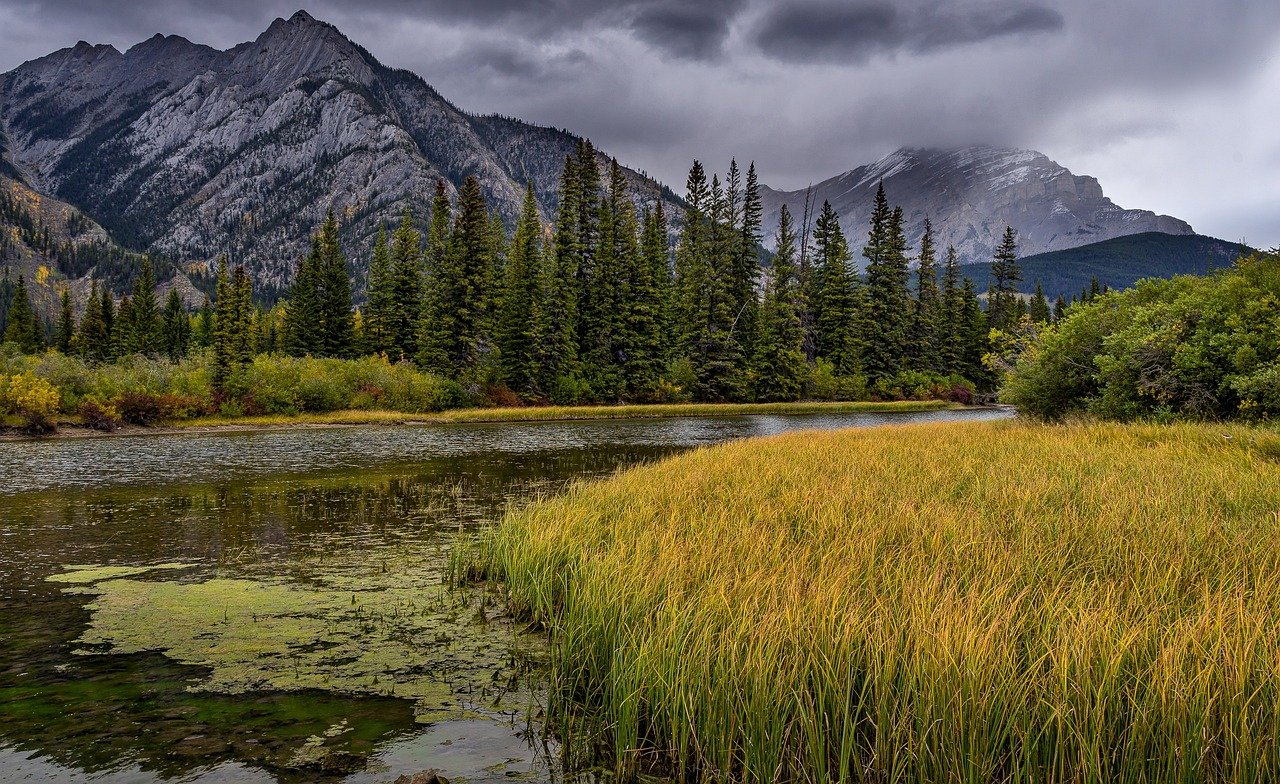
Nestled in the rugged beauty of Colorado, Rocky Mountain National Park offers more than just jaw-dropping alpine scenery—it’s becoming an increasingly talked-about spot among wolf lovers. While wolves aren’t officially reintroduced within park boundaries yet, recent sightings and howls echoing through the forest hint that these iconic predators are slowly returning to their historic range. Thanks to Colorado’s growing wolf conservation efforts, sightings are becoming less rare, especially around the park’s quieter northern edges. For wildlife watchers with patience and a keen eye, spotting a gray wolf among the evergreens feels like witnessing nature’s quiet comeback.
Beyond the chance of a rare sighting, the park’s sprawling wilderness—with over 250,000 acres of protected land—makes it a dream for those who love tracking signs of wild predators. From paw prints along remote trails to the eerie harmony of distant howls at dusk, there’s a deep sense of connection here that speaks to the wild soul. Whether you’re a seasoned wolf enthusiast or simply curious, Rocky Mountain National Park delivers a uniquely stirring experience that reminds you just how alive the backcountry truly is.
These incredible national parks offer more than just the chance to see wolves—they provide a glimpse into what North America was like when vast wolf packs roamed free across the continent. Whether you’re drawn to the dramatic reintroduction story of Yellowstone, the remote wilderness of Alaska’s parks, or the unique island ecosystem of Isle Royale, each destination offers its own special magic. Have you ever wondered what it would feel like to lock eyes with a wild wolf and see the ancient intelligence that first captured our ancestors’ imagination?






